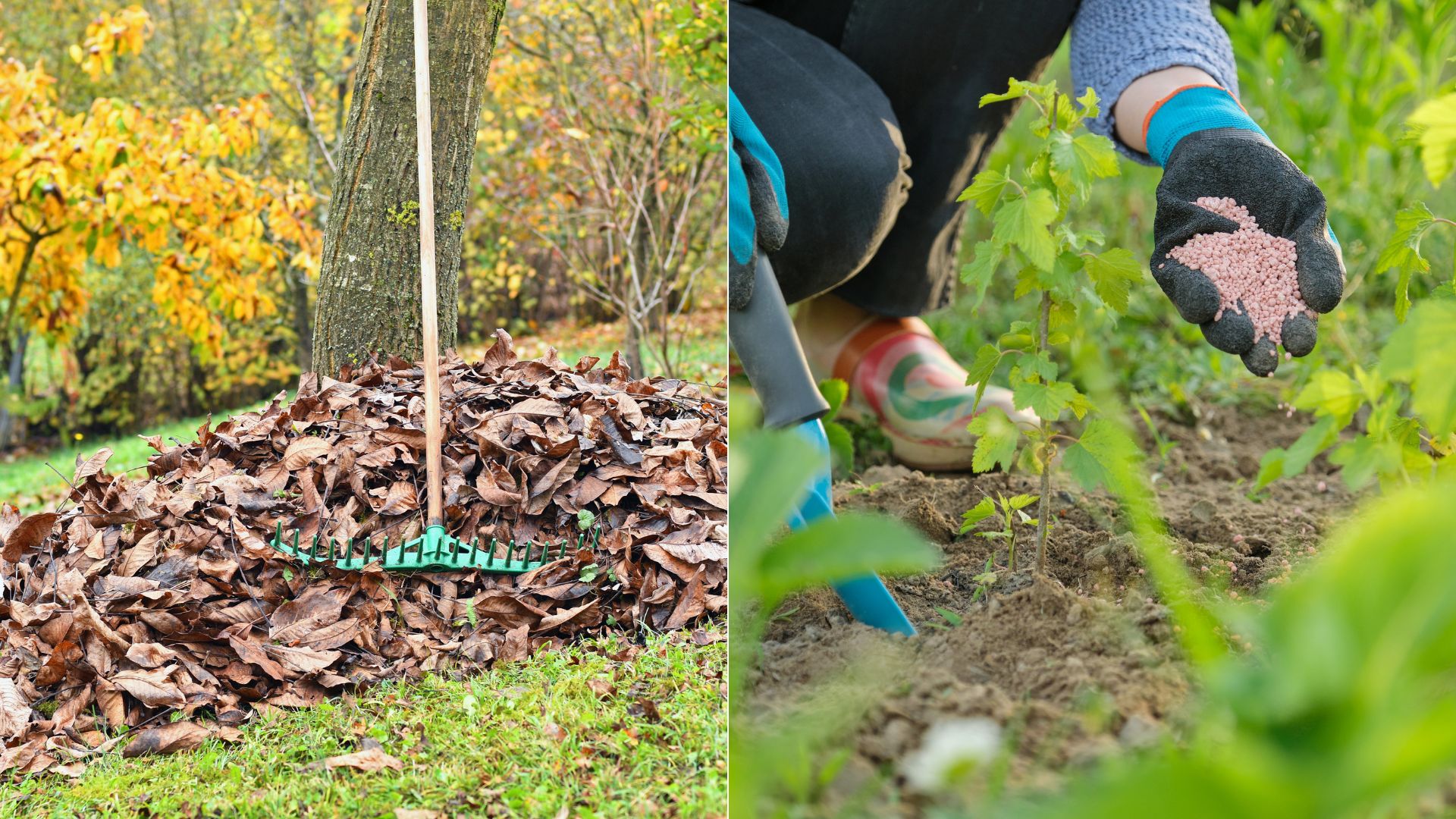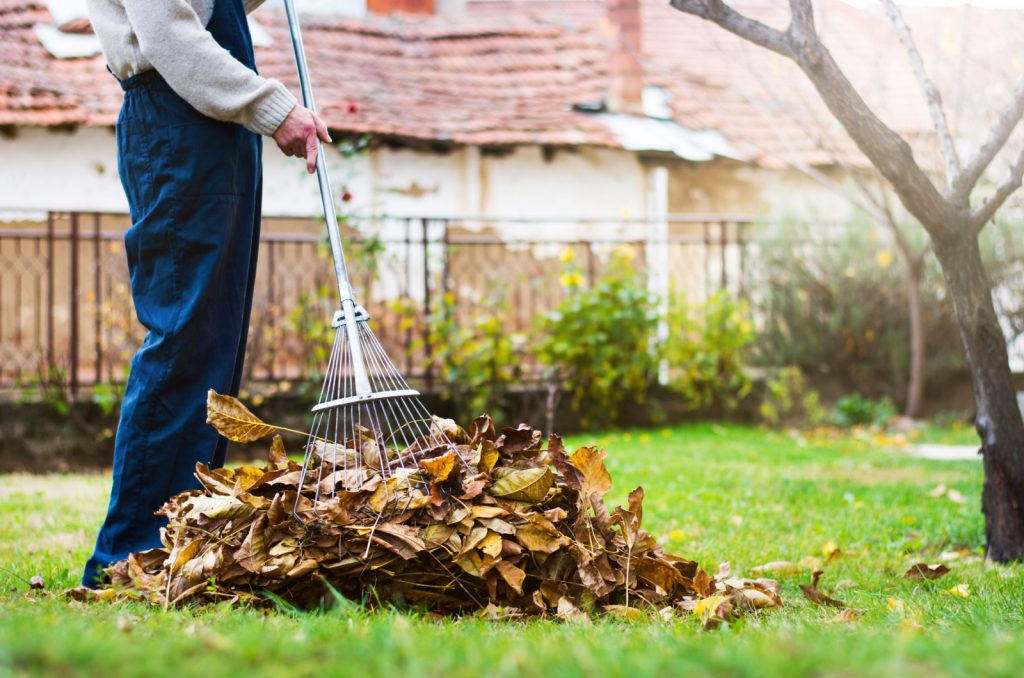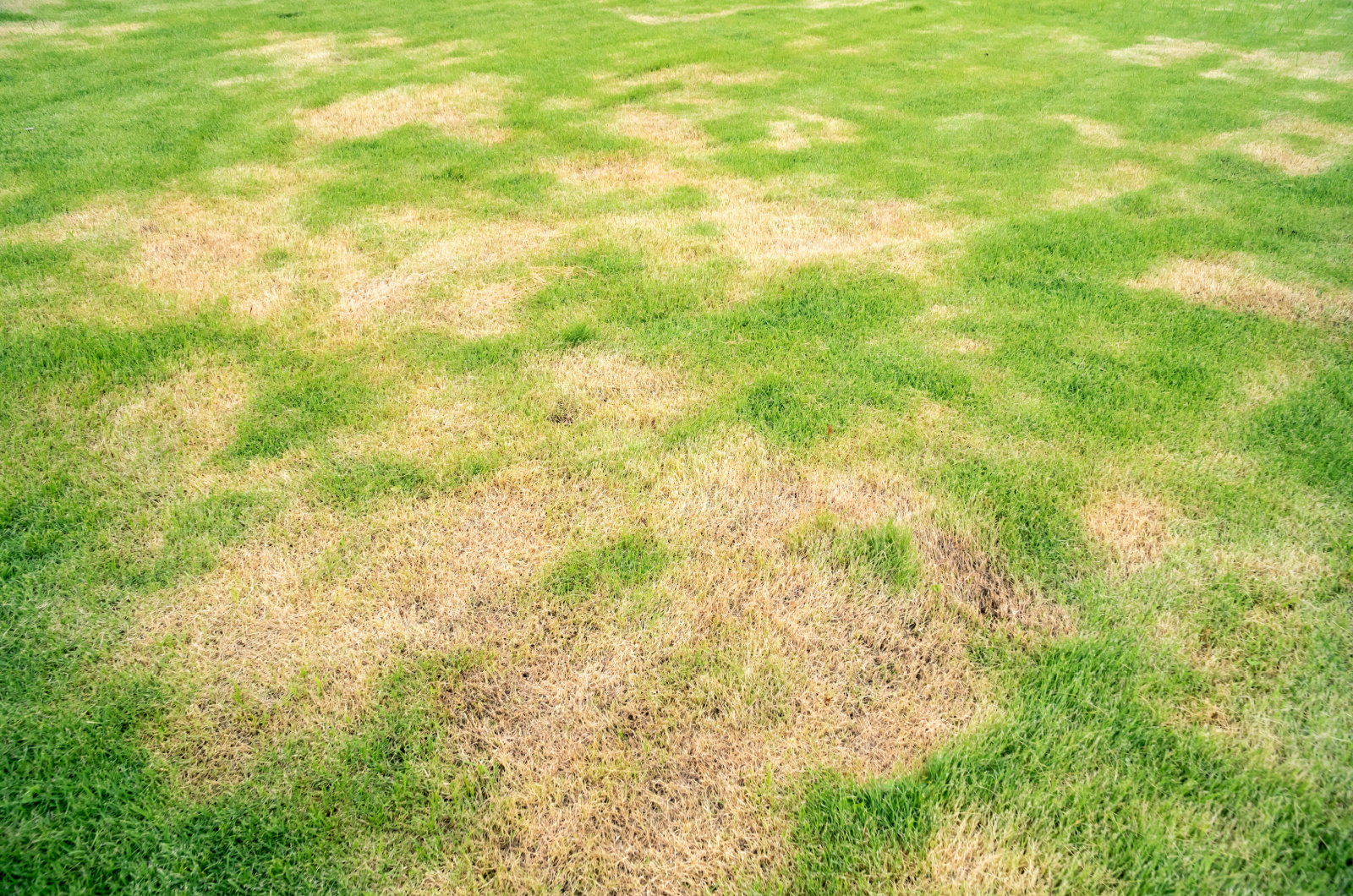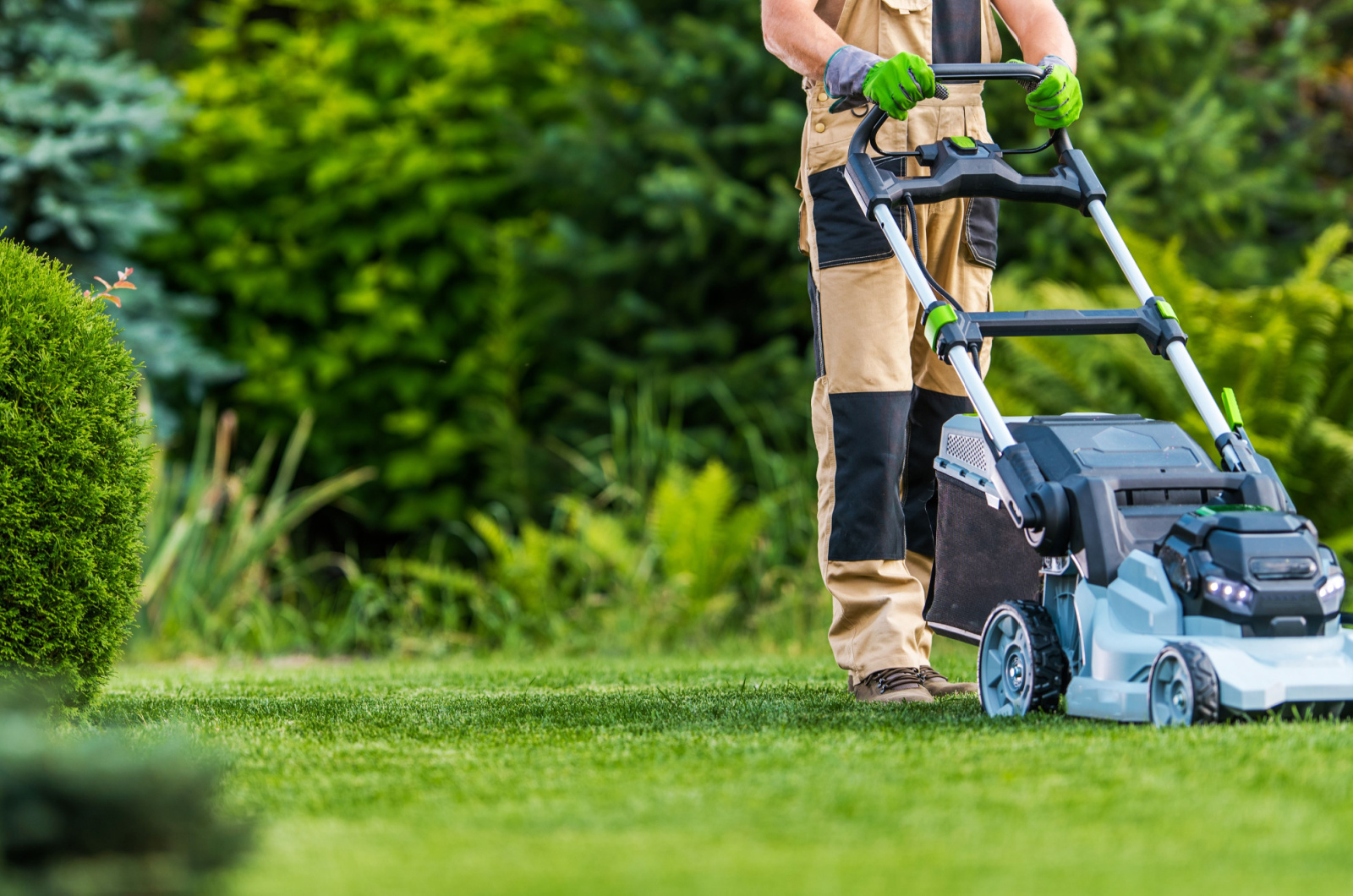Gardeners know that undertaking certain tasks in fall will keep their trees, shrubs, and perennial flower beds thriving throughout the following season.
And yet, these aren’t the only areas of interest in your yard. What about the lawn? That requires maintenance, too, and a little fall care will go a long way.
Something you do (or don’t do) before winter will affect how your lawn behaves in spring. And as tempting as it sounds, grass lawns won’t take care of themselves.
Here are some things you can do this fall to keep your front lawn green and luscious come spring.
Let’s get started!
1. Raking Fallen Leaves
A couple of leaves here and there don’t pose an issue for your lawn, but a thick layer of fallen foliage may prevent water and air getting to your grasses.
They stick to each other and can create a damp environment which is beneficial for fungal growth – and we don’t want that.
The good news is that you can use this foliage to make leaf mulch. You can either leave them whole or run your lawn mower over them if the layer is no more than 2-4 inches thick.
If you have a lot of leaves in your garden, use a shredder to reduce them to tiny pieces. This will allow them to decompose faster and fertilize your garden wherever you add them.
Just make sure to shred or mow the leaves when they’re dry because it makes this process a lot easier.
There’s even research which shows that using any type of maple or oak leaves to mulch your garden will result in a greener lawn with up to 53-80% less dandelions appearing. (1)
And if you don’t want to use them this way, you can always add them to your compost pile or even allow it to decompose on its own and harvest the leaf mold. Or you can till them into your garden beds to slowly decompose over time.
2. Healing Ugly Bare Patches
You’re not too late to patch up your lawn if you’ve forgotten to do it in September.
Some of the best ways to heal ugly patches include adjusting your watering schedule, protecting the seeds from scavengers, ensuring your lawn gets more sunlight, etc.
In fact, once you get a new sod for these patches and overseed your lawn, you should ensure they get at least an inch of moisture per week during this fall period.
And once you notice that the grass seeds have sprouted and your patches are becoming fuller, you can reduce irrigation a bit.
Of course, when you’ll start patching up your lawn really depends on the area you live in. For instance, we usually do this in spring in Florida, while the best time for renovating lawns in New York and New Jersey is summer or early fall.
If you want to patch up your lawn in fall in northern states, you should only do it in areas with mild winters or any other location where the first fall frost is in early- or mid-October.
You should finish overseeding your lawn before the first frost and the only thing to do is help your lawn get established before winter.
3. Fertilizing
One way of making your lawn green and thick is by fertilizing. And this action is not something you should avoid doing in October if you forgot it in September.
It helps your lawns build strong roots without too much vegetative growth, so you don’t have to worry about more frequent mowing.
I always use slow-release fertilizers for my lawn and make sure that the NPK ratio is 3-1-2 or something very similar. This will keep your lawn lush and green.
But know that some states have banned the use of phosphorus fertilizers on lawns because precipitation can easily wash them away into nearby waterways.
These states include Illinois, Wisconsin, New Jersey and New York, Washington, etc. (2)
Luckily, zero-phosphorus fertilizers are available, so you can just use those in whichever state you live.
Of course, feeding timing isn’t the same in every state. If you live in northern states and have cool-season grass for your lawn, you should fertilize it one last time by the end of October.
For my Floridians and all other dwellers of southern states, the best fertilization times are between April and September.
The good news is that there are organic fertilizers you can use if you dread the synthetic ones. But whichever you use, make sure never to apply them before it rains or in the rainy season because they will get washed away into underground and nearby waterways.
4. Mowing One Last Time
October is the time to mow your lawn one last time. Of course, it doesn’t have to be October exactly; just look for the signs it’s stopped growing and mow it then.
And when you trim it during this time, you can safely reduce its height a little more than usual. This technique may prevent thatch build-up and reduce the risk of fungal diseases once the spring rolls round.
References:
1. Kowalewski, A. R. et. al. (2009). Mulched Maple and Oak Leaves Associated with a Reduction in Common Dandelion Populations in Established Kentucky Bluegrass. HortTechnology.
2. Miller, K. L. (2012). State Laws Banning Phosphorus Fertilizer Use. Connecticut General Assembly.





